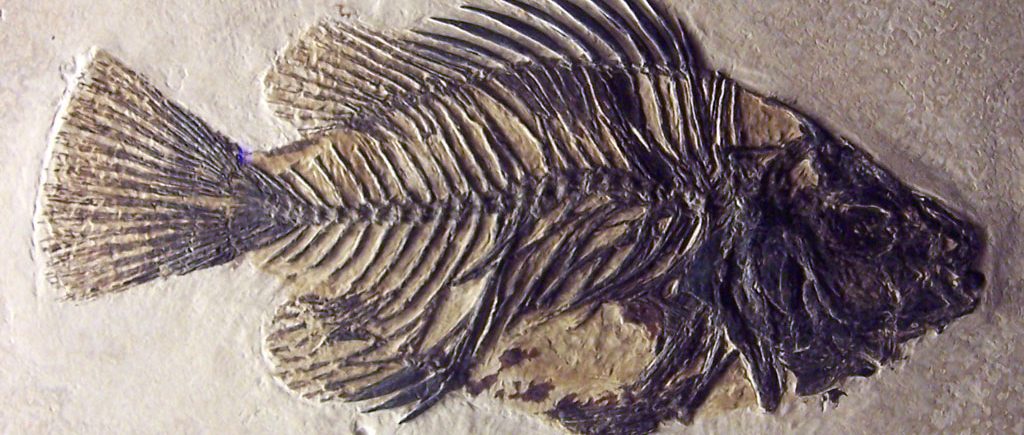- Vaporware-free since 2001. All this stuff and much more really exists in a usable state, and we’ll never claim proposed or limited functionality exists.
- Media link images, movies, sound files, and documents to catalog records, taxonomy, publications, projects, events, or people.
- Multi-page documents organize, paginate, and print PDFs of scanned media such as field notes. TAGs comment on specific areas of images, or relate them to nodes such as catalog records, places, and people.
- Users may annotate catalog records, taxonomy, projects, publications, and media.
- Virtual Private Databases (VPD), also known as Row-Level Security (RLS), allow collections to maintain control of their data while sharing certain nodes, such as Agents and Taxonomy. The cool kids call this Cloud Computing or Grid Computing. It allows us to confidently support most any application, not just the ones we write.
- Everything is online in real time, and independent of client-side operating systems. You need moderate bandwidth, a modern browser, and nothing more.
- Catalog record search screen is user-customizable to about 100 search terms. Find catalog records by project, publication, usage, taxonomy, spatial attributes, and much more. Searches can be saved and emailed.
- Customizable table for result sets, summarize and graph result sets, download (as text, CSV, or XML), map in BerkeleyMapper, Google Maps, or download KML for Google Earth.
- Customizable by individual collection using headers and footers of their own design, and CSS.
- Any cataloged item can have any number of attributes, and attributes are customized to collections.
- Reciprocal linkages with external resources (BerkeleyMapper, GenBank, TACC, and MorphBank).
- Identifications can be formulaic combinations of terms drawn from a separate taxonomic authority.
- Maintains history of determinations for taxonomic identifications, georeferencing, and biological attributes.
- Catalog records, parts, attributes, citations, and much more can be entered or edited individually or in batches.
- Object-tracking using nested-containers model, bar codes, and container-condition history.
- E-mail reminders for loans due, permit expirations, etc. Intelligent reports detailing possible GenBank matches, missing citations, unlikely publications, and various other potentially faulty or missing data.
- Encumbrances can mask localities, collector names, or entire records from unprivileged users.
- Design and print labels, reports, transaction documents, etc. with a GUI interface.
- Arctos is an IPT provider.
- Arctos supports content negotiation and will provide catalog record data in the form of RDF upon client request.
Nodes
Arctos may be thought of as a number of overlapping nodes.
- Catalog Records are the core of Arctos. Traditional museum “label data” live here. Attributes allow collection-specific determinations of most anything that can be recorded from a catalog record, such as sex, weight, age, and various measurements. Parts are the physical objects, and are grouped as Cataloged Items, which represent one or more biological individuals. Cataloged items may be encumbered in order to restrict access to objects or data. Other Identifiers record any number assigned to a catalog record, and may form links to external resources such as GenBank.
- Containers hold parts and other containers in a flexible recursive model. Containers may be barcoded. Some containers hold fluid, and record a history of concentration and monitored dates. All containers maintain a position and condition history.
- Transactions consist of loans, accessions, and borrows, and may be grouped through projects.
- Localities record descriptive spatial and coordinate data, along with collecting methods, habitat, and dates.
- Agents are people, groups, or organizations that collect, prepare, curate, and/or create physical and digital objects including specimens, artifacts, art, and media; determine identifications, attributes, and coordinates; create, authorize, and participate in transactions; author publications; manage part locations in object tracking; and act in various other roles as identified by collection management needs and digitization efforts.
- Publications are attached to catalog records by way of citations, and are often created by projects.
- Projects create and use catalog records, produce publications, group taxonomy into checklists, and record usage of catalog records in the absence of formal citations.
- Taxonomy forms the basis for identifications and citations. Taxa may be related to each other and to any number of common names in any language.
- Media attaches digital resources to catalog records, people, places, and publications. TAGs graphically reference images to catalog records, places, and people. Documents paginate scanned publications, such as field notes.
System Requirements
We attempt to keep the client-side of Arctos applications as generic as possible, but we have made some exceptions:
- JavaScript: We have used JavaScript throughout the applications. Your browser must be JavaScript enabled to access all the features of such applications.
- Cookies: We use cookies only to set and preserve user preferences and user rights. In order to benefit from all but the most basic public features, you must enable cookies.
- Pop-ups: Users may wish to enable pop-ups. Some informational windows use pop-ups. We promise to only “pop up” things you ask for.
Operators must enable pop-ups. Many browsers block this, sometimes cryptically, by default.
Browser Compatibility
- Mozilla Firefox: All applications have been tested in Firefox. We recommend all users upgrade to the latest release of Firefox, available from Mozilla.
- The Rest: Most of Arctos should work most of the time in most other browsers. Let us know if you have trouble accessing this site in your browser, and we’ll fix it if we can.
We also have answers to some frequently asked questions.
Suggestions?
The best ideas of Arctos comes from user input. If you have a suggestion to make, let’s hear it. We accommodate many special requests through custom forms or custom queries, and many of these are then incorporated into Arctos. Please contact us if you have any questions, comments, or suggestions.
